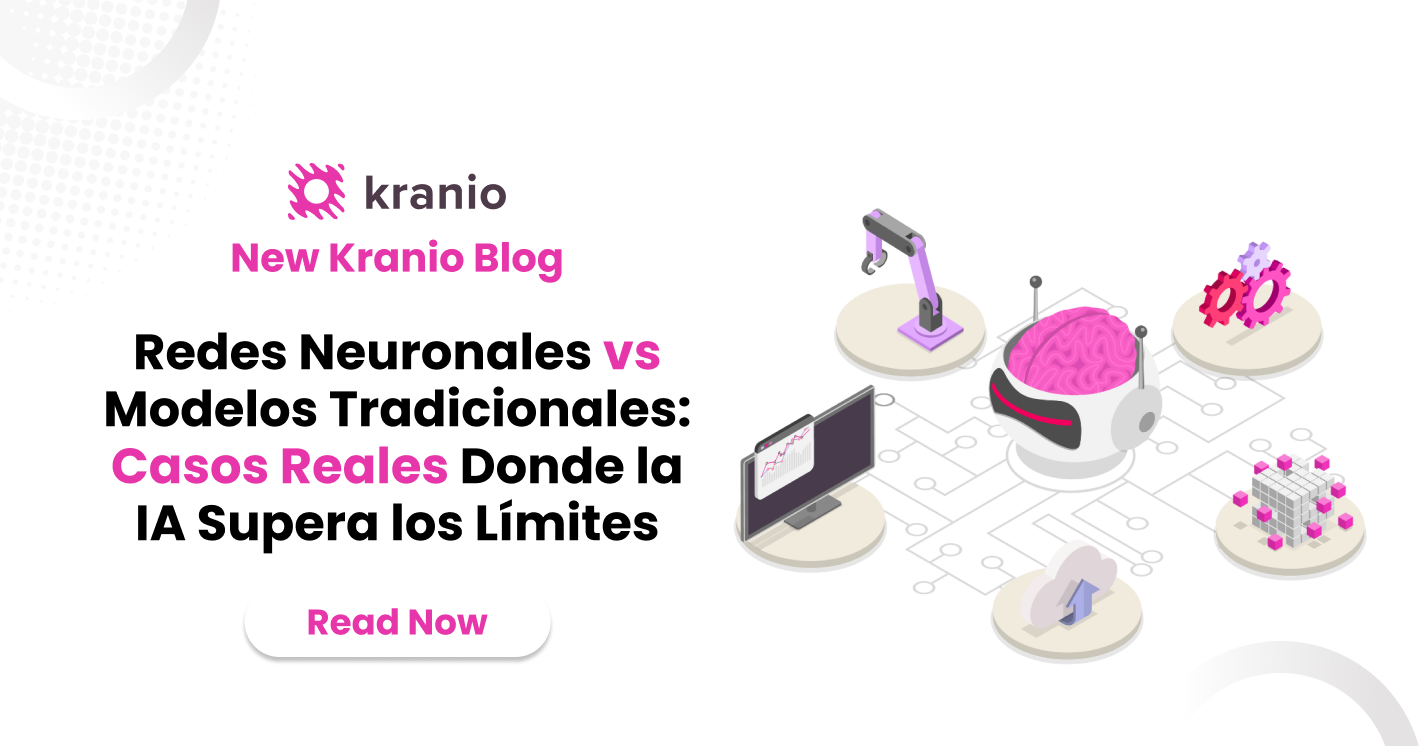Data Transformation in ETL
Data transformation is the second crucial step in the Extraction, Transformation and Load (ETL) process, which plays a fundamental role in preparing data for advanced analysis and Machine Learning modeling. This step involves a series of operations designed to convert raw data into a format that is more suitable and useful for the specific analysis that needs to be performed. We will explore in detail basic and advanced transformations using Pandas, data normalization and structuring, text cleaning and manipulation, feature engineering, categorical data management, and data validation techniques.
Basic and Advanced Transformations with Pandas
Pandas is a powerful Python tool for data manipulation due to its ability to efficiently handle complex data structures.
Basic Transformations with Pandas
The basic operations in Pandas are essential for daily data manipulation and can include column selection, row filtering, and data ordering.
- Column Selection: To select a specific column from a DataFrame, you can simply use the column name in square brackets.
Output:

2. Row Filtering: You can filter rows based on logical conditions. For example, to select all rows where the age is greater than 28:
Output:

3. Data Ordering: To sort the data by a column, you can use sort_values (). For example, sort by 'Age':
Output:

Advanced Transformations with Pandas
Advanced operations allow for more complex transformations and are particularly useful for preparing data for statistical or Machine Learning analysis.
- Groupings and Aggregations: Group data according to one or more columns and then apply aggregation functions such as sum, average, maximum, etc.
Output:

2. Conditional Transformations: Apply condition-based transformations. For example, raising the age by 1 year only for those in 'New York'.
Output:

3. Pivot Tables: Pivot tables are useful for summarizing a set of data. For example, create a pivot table that shows the average age by city and name.
Output:

Data Normalization and Structuring
Data normalization and structuring are two fundamental processes in the treatment of data for analysis and modeling, especially in the context of Machine Learning and advanced data analysis projects.
Data Normalization
Normalization is a method for scaling numerical data in a specific range or according to a particular distribution, making it easier to compare and analyze different characteristics that may have different scales or units. There are several standardization methods, each with their own use cases:
- Min-Max Scaling:some text
- Description: This method scales the data to be within a specific range, usually 0 to 1, or -1 to 1 if there are negative values.
- Formula:

- Use: Useful when you need a strict numerical range for your model and when you're not concerned about outliers that can distort the rescaling of the data.
- Z-score Standardization (Standard Scaler):some text
- Description: It consists of rescaling the data so that they have a mean of 0 and a standard deviation of 1.
- Formula:

- Use: Especially useful when the data has a normal distribution, and is more robust against outliers compared to min-max scaling.
Example:
Output:

Here, min (A) =1 and max (A) =5. Applying the formula to each value:
- For A=1: (1−1)/(5−1) =0.00
- For A=2: (2−1)/(5−1) =0.25
- For A=3: (3−1)/(5−1) =0.50
- For A=4: (4−1)/(5−1) =0.75
- For A=5: (5−1)/(5−1) =1.00}
And so applying the other formula
Data Structuring
Data structuring refers to the process of organizing and formatting data so that it is easily accessible and analyzable. This can include reorganizing data into new structures, consolidating data sources, and transforming unstructured data into structured formats.
- Restructuring DataFrames:some text
- Operations: They can include table pivoting and joining multiple data sources.
- Tools: Pandas offers functions such as pivot_table, merge, and concat to facilitate these processes.
- Converting Data Formats:some text
- Description: Convert data from semi-structured or unstructured formats (such as JSON, XML) to tabular structures (DataFrames).
- Implementation: Use Python-specific parsers to read these formats and load them into Pandas.
Example:
Output:

Text Cleaning and Manipulation
1. Elimination of special characters and numbers Many texts include characters that are not relevant to the analysis, such as special symbols, numbers, and punctuation. Eliminating these characters can make the text more uniform and easier to analyze.
Output:

2. Lowercase conversion Converting all text to lowercase is a fundamental step in standardizing data and preventing the same words from being interpreted as different due to differences in upper and lower case letters.
Output:

3. Elimination of extra spaces It's common to find extra spaces that need to be eliminated to maintain consistency.
4. Tokenization Tokenization is the process of dividing text into smaller units, such as words or phrases. This is useful for more detailed text analysis techniques, such as word counting or vectorization.
Output:

5. Removing stopwords Stopwords are words that don't add meaning to the text and can be eliminated. Common examples in Spanish include 'y', 'que', 'de', etc.
Output:

These steps and techniques will help prepare text data for more complex analysis and machine learning models, ensuring that the text is clean and standardized.
Now, the Feature Engineering, or feature engineering, is a fundamental part of the transformation stage in ETL processes, especially when preparing data for Machine Learning models. Here, you transform and create features that help improve the performance of predictive models.
Feature Engineering
1. Creating features from dates Dates can be broken down into multiple characteristics such as year, month, day, day of the week, etc., which can be useful for capturing seasonal patterns or trends over time.
Output:

2. Binning of numeric data: It consists of converting continuous numerical variables into discrete categories, which can be useful for models that work better with categorical characteristics.
Output:

3. Categorical characteristics based on conditions: We can create new categorical characteristics by applying specific rules or logical conditions to existing data.
Output:

4. Interactions between features: Creating new features through the interaction of existing features can reveal relationships that aren't otherwise evident.
Output:

5. Logarithmic and Square Root Transformations Logarithmic and square root transformations are useful for reducing asymmetry in data distributions.
Output:

6. Encoding categorical variables (Encoding) Converting categorical variables into numerical formats is essential for many machine learning algorithms.
Output:

Managing Categorical Data
1. Label Encoding Tag coding transforms each category into a number. It is useful when categories have a natural (ordinal) order, but its indiscriminate use may imply an order relationship where it does not exist, potentially leading to misinterpretations by models.
Output:

2. One-Hot Encoding One-hot coding converts each category into a new column and assigns it to 1 or 0 (True/False). It's ideal for nominal variables with no inherent order.
Output:

3. Binary coding It transforms categories into binary and then breaks them down into individual columns. It's more efficient than One-hot in terms of space, especially for categories with many levels.
Output:

Each of these methods has its advantages and limitations, and the choice depends on the specific context of the problem and the requirements of the Machine Learning model to be used. It is important to try different approaches and select the one that best preserves relevant information and contributes to model performance.
Finally, it is crucial to perform data validation to ensure the quality and reliability of data in ETL processes, helping to detect and correct errors before the data is used for analysis or modeling.
Data Validation Techniques
1. Range Checking: This technique involves verifying that data values are within a specific range defined by business rules or domain logic. For example, the age in a survey should not be negative or unrealistically high.
2. Referential Integrity Validation: This technique ensures that the identifiers or keys in one table correctly match those in other tables, maintaining data consistency between different parts of the database.
3. Format Checking: It consists of ensuring that textual data complies with specific formats, such as postal codes, telephone numbers, email addresses, and others.
4. Uniqueness Checking: This technique verifies that there are no duplicates in data that must be unique, such as user identifiers or serial numbers.
5. Completeness Validation: Check that there are no missing values in the data sets, especially in the columns that are essential for analysis or decision-making.
6. Consistency Validation: It ensures that data in different fields is consistent with each other, based on logical or business rules.
In Conclusion, data transformation is a critical phase within the ETL process that paves the way for analysis and informed decisions.
Implementing these techniques correctly ensures that the data is not only accurate and consistent, but also relevant to the specific requirements of the business or analysis to be performed. Data cleansing, normalization, proper structuring, and validation are essential steps that, although often underestimated, have a direct impact on the quality of the insight that can be derived from the data.
In addition, the transformation stage is not only about manipulating data to fit a usable format, but also about adding value through feature engineering, where creativity and domain-specific knowledge play a crucial role.
Finally, it is essential to develop a data transformation workflow that is both robust and flexible, allowing for continuous adjustments and improvements as business requirements change and technology advances. This ensures that an organization's data infrastructure is not only sustainable, but also remains competitive and relevant.
Part 1: Introduction to the ETL Process in Machine Learning











.png)
.png)
